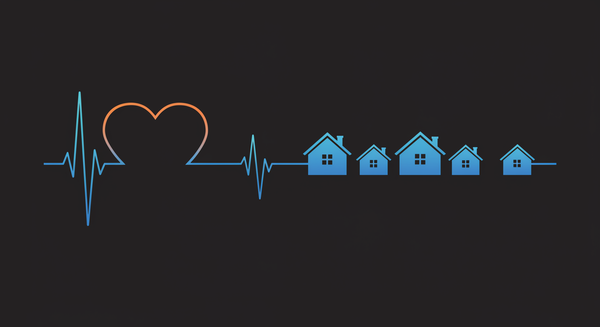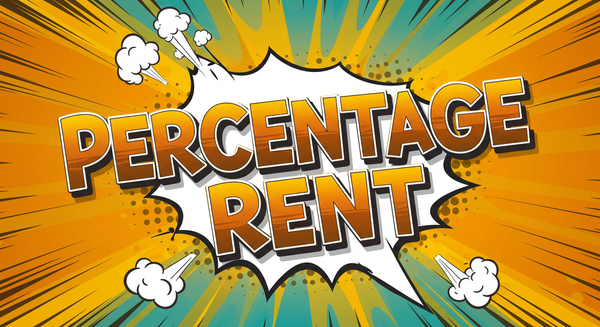Multifamily Group Space in Property Management: A Complete Guide
Multifamily group space refers to the shared portions of a multifamily property designed for the collective use of residents and their guests
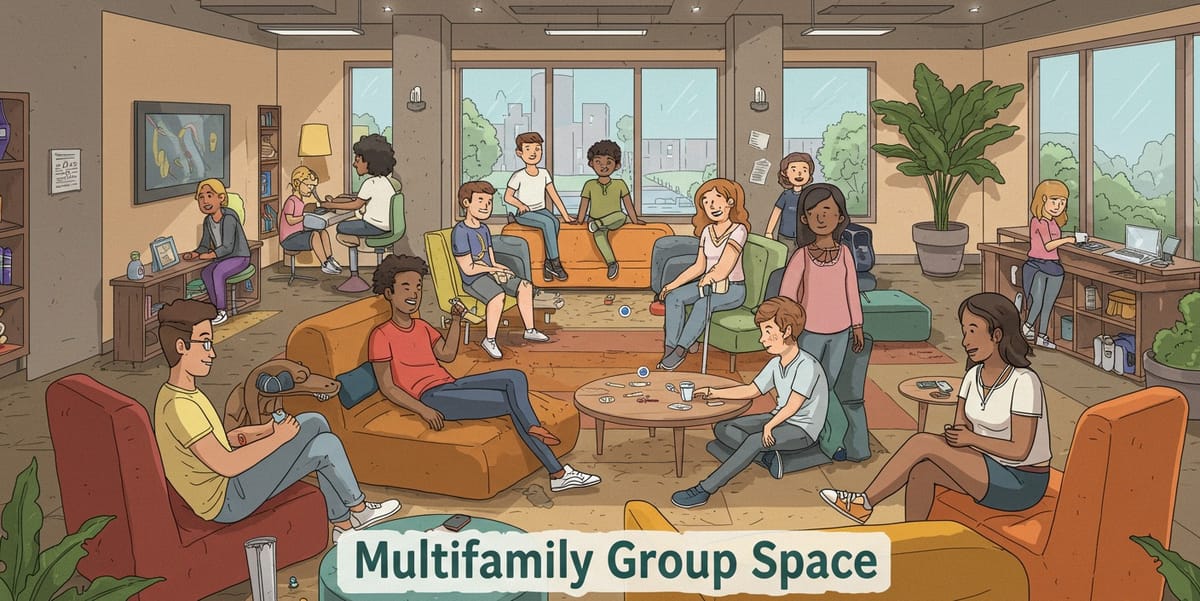
Today, the multifamily group space plays a bigger role than ever in. Whether it’s a shared lobby, rooftop deck, community room, or co-working lounge, these common-use areas are essential components of how modern apartment communities operate, attract residents, and stay compliant with building codes and accessibility laws.
Multifamily group space refers to the shared indoor and outdoor areas within a multifamily property that are accessible to all residents and their guests. These spaces support everything from daily movement and mail pickup to social events, fitness routines, and leasing interactions.
Whether labeled as common areas, shared amenity space, or group usable open space, the purpose is the same: to offer a sense of community, comfort, and functionality beyond the four walls of each unit.
For property managers and landlords, understanding group space isn’t just helpful—it’s mission-critical. These areas directly impact NOI, turnover, legal exposure, and property value. When managed well, group space becomes a powerful asset. When overlooked, it can be a costly liability.
In this guide, you’ll learn:
- What multifamily group space means in practical, legal, and design terms
- How it affects daily operations, leasing, and tenant satisfaction
- The key compliance rules every landlord needs to know
- Best practices to make the most of your shared spaces
Let’s dive into how you can transform shared space from an obligation into an opportunity.
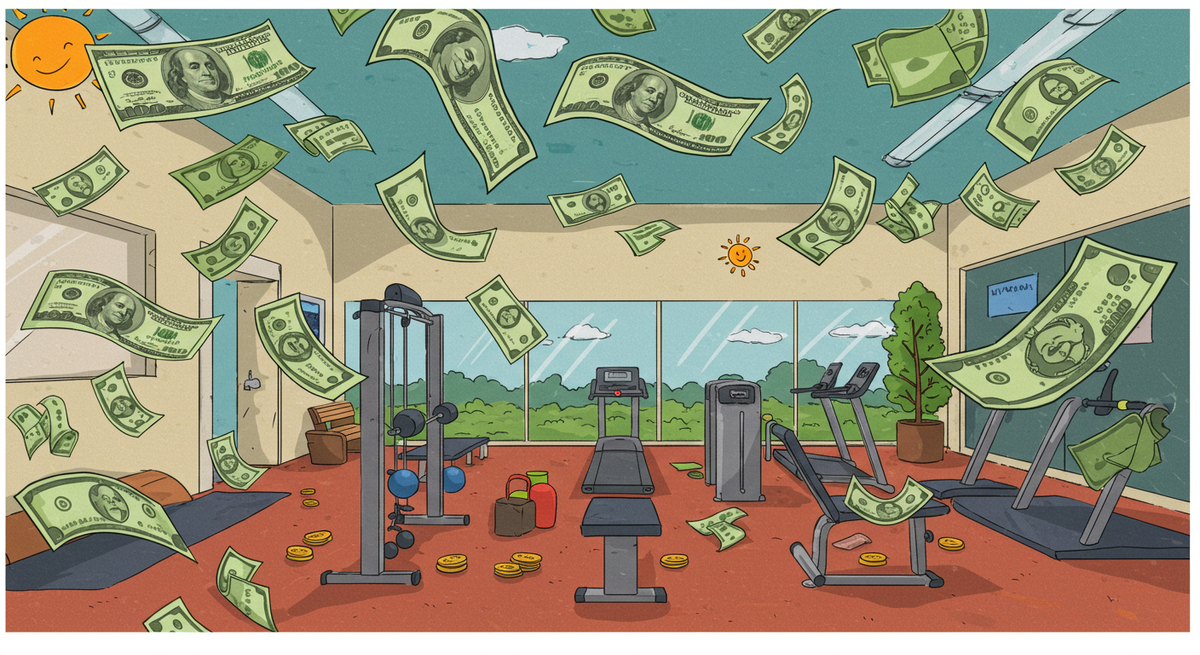
🟩 What Is Multifamily Group Space?
Multifamily group space refers to the shared portions of a multifamily property designed for the collective use of residents and their guests. These spaces can be indoor or outdoor and often include lobbies, hallways, mailrooms, fitness centers, community rooms, rooftop lounges, courtyards, and playgrounds.
On first mention, group space is often used interchangeably with terms like common area, shared space, amenity area, or communal zone. While each phrase can have slight technical variations depending on local codes or insurance language, the intent is the same: to provide functional, comfortable, and accessible areas beyond each private unit.
According to HUD’s Fair Housing Act Design Manual, these are officially known as public and common-use areas, and they must be accessible to all residents, including those with disabilities. Many zoning ordinances—such as those in San Francisco, San Jose, and Covington, WA—require a minimum square footage of group space per unit. In some cases, private balconies or patios may offset these requirements at a 2:1 substitution ratio.
Key Variants:
- Common area: Often refers to circulation zones like hallways and elevators
- Amenity space: Focuses on lifestyle features like lounges and fitness centers
- Group usable open space: A zoning term for shared outdoor areas
- Accessory occupancy: A code term for spaces serving tenants but not classified as commercial
Group space also plays a role in code classification under the International Building Code (IBC). For example, if a group-use room holds over 49 people or exceeds 750 square feet, it may need to be classified as an Assembly Group A occupancy, triggering different fire and safety requirements than residential use (R-2).

🟦 Why Multifamily Group Space Matters
🔹 Operational Impact
For property managers, multifamily group space isn’t just an architectural feature—it’s an operational engine. These shared areas influence everything from budgeting and maintenance planning to tenant satisfaction and risk management.
One of the biggest impacts is on Common Area Maintenance (CAM). Group spaces require cleaning, lighting, security, and regular upkeep—all of which are pooled into the CAM budget. According to IREM’s Income/Expense Analysis, CAM expenses make up 30–45% of controllable operating costs in garden-style and mid-rise properties. That’s a substantial chunk of your NOI.
These areas also play a major role in resident experience and retention. The National Multifamily Housing Council (NMHC) found that properties offering four or more amenities had renewal rates 8–10 percentage points higher than those with just one or two. That’s not just about flashy perks—it’s about giving people a place to gather, relax, and feel at home.
Then there’s liability and code compliance. Group areas are subject to accessibility laws, fire codes, and insurance inspections. Stairwells with poor lighting, uneven flooring in community rooms, or inaccessible leasing offices can all lead to citations, fines, or even lawsuits.
So, what looks like a seating area or yoga room is actually a space that needs regular cleaning schedules, proper signage, occupancy monitoring, and strategic placement to deliver returns—not risks.
🔹 Real-World Application
Example: How a Sky Deck Transformed Resident Retention
- Challenge: A 150-unit mid-rise in San Jose had a bland rooftop and 22% annual resident turnover. Tenants liked their units but said the building “felt cold” and lacked community.
- Solution: Management invested in a rooftop transformation—adding shaded seating, string lights, greenery, and designated quiet zones for remote work. They also introduced a booking system via their Yardi platform for small events.
- Outcome: Within six months, turnover dropped to 13%. Resident satisfaction scores increased by 18%, and rent on upper-floor units increased by $150/month. Notably, leasing tours began ending on the rooftop, closing deals faster.
- Takeaway: Investing in multifunctional group space can directly improve retention, revenue, and property perception—with far less cost than unit renovations.
This example shows how group space design isn’t just a one-time project—it’s an ongoing asset. When planned with tenant needs, operational systems, and compliance in mind, these spaces can support everything from community culture to income growth.
🟥 Legal & Compliance Essentials for Multifamily Group Space
When it comes to multifamily group space, compliance isn’t optional—it’s required by law, code, and insurance standards. Failing to follow key regulations can result in permit denials, fines, and even tenant injury claims.
Here are the most critical legal considerations property managers and landlords must understand:
🔹 Federal Requirements
- Fair Housing Act (FHA): All public and common-use areas—including community rooms, leasing offices, and laundry spaces—must be accessible to people with disabilities. This means step-free entries, clear door widths, maneuvering space, and accessible routes throughout the property.
- ADA (Americans with Disabilities Act): If your leasing office or amenity space is open to the public (not just residents), it must meet ADA Title III standards, including signage, counters, and restrooms.
🔹 Building & Fire Codes
- IBC Occupancy Classification: If a group space serves more than 49 occupants or exceeds 750 ft², it may require Assembly Group A classification. This triggers additional fire separations, egress routes, alarms, and sprinklers.
- Accessory Use Rules: Keeping shared rooms under 3000 ft² or ≤10% of total floor area may allow you to remain in Residential Group R-2 classification—saving significantly on construction costs.
🔹 Local Zoning
- Many cities, like Oakland and San Jose, require 75–150 ft² of group space per unit, unless offset by private space at a 1:2 ratio.
⚠️ Common Legal Pitfalls:
- ❌ Counting private balconies toward group space quotas
- ❌ Ignoring occupancy thresholds for amenity rooms
- ❌ Lack of ADA-accessible entries or restrooms
- ✅ Do: Retain accessibility drawings for at least two years post-construction
- ✅ Do: Benchmark your group areas in ENERGY STAR Portfolio Manager if applying for green certifications
🟨 Best Practices for Managing Multifamily Group Space
You don’t need marble floors or a rooftop cinema to make multifamily group space work for your property. What you do need is intentional design, operational discipline, and tenant-centered thinking. Here are four high-impact best practices every property manager should adopt:
1. Layer Amenities by Purpose and Use
What + Why: Residents don’t just want more space—they want the right spaces. Offering a mix of social, quiet, active, and flexible zones meets diverse lifestyle needs and keeps spaces relevant year-round.
How:
- Designate zones: kids’ play area, co-working pod, reading lounge, rooftop grill
- Survey tenants about their preferences annually
- Rotate programming (e.g., yoga on the deck, movie night in the lounge)
🔧 Tool tip: Use digital amenity surveys via your tenant portal or apps like Buildium.
2. Track CAM Costs Monthly by Square Foot
What + Why: Group spaces eat into your budget fast. If you’re not tracking CAM by square foot, you’re flying blind.
How:
- Break down cleaning, lighting, and insurance costs per shared area
- Compare against IREM benchmarks quarterly
- Reallocate budget based on usage patterns
🔧 Tool tip: Most PM software (Yardi, AppFolio) has custom CAM tracking fields—use them.
3. Apply IBC Accessory Limits to Avoid Overbuilding
What + Why: Going over 3000 ft² or 10% of total floor area in shared space can shift your occupancy classification—and spike costs.
How:
- Audit square footage during design or renovation
- Consult with a local code expert before permits
- Use layering (multi-function rooms) to stay under limits
4. Digitize Your Group Space Reservations
What + Why: Manual sign-up sheets lead to double bookings and resident frustration. Digital systems reduce confusion and encourage usage.
How:
- Add shared calendar features to your resident portal
- Automate confirmations and cleanup reminders
- Set use limits to prevent monopolizing
🔧 Tool tip: Yardi and Entrata both offer event-booking add-ons.
🟫 Key Questions Answered: Multifamily Group Space FAQs
These are some of the most common questions property managers and landlords ask when dealing with multifamily group space—from classification to code compliance and budgeting.
❓ What’s the difference between group space and common area?
Group space includes all indoor and outdoor areas shared by residents, such as lounges, rooftop decks, and fitness centers. Common areas, meanwhile, often refer to operational circulation spaces like hallways, stairwells, and mailrooms.
👉 Insight: If the space improves lifestyle or tenant experience, it’s group space. If it’s a hallway, it’s common area.
❓ How is group space calculated for zoning or design purposes?
Most cities require 75–150 square feet of group space per unit, depending on local zoning. Some allow a 2:1 offset if private balconies or patios are provided. For example, in San Jose, 150 ft² per unit is standard unless reduced via private space substitution.
👉 Always check with your municipal planning department before submitting permit drawings.
❓ Can a leasing office or package room count as group space?
Sometimes. If the leasing office is accessible to residents (e.g., for questions, tours, or rent payment), it may qualify. However, if it's only used by staff, it likely won't meet FHA or ADA definitions for resident-accessible group space.
👉 Pro tip: Make the leasing office serve dual purposes—info kiosk by day, amenity concierge by night.
❓ Do shared spaces need to be ADA-compliant?
Yes. All public and common-use areas must follow accessibility standards. This includes entry thresholds, door clearances, turning radii, and signage. Missing these details can open you up to FHA complaints or costly retrofits.
🏁 Conclusion & Resources: Make Your Group Space Work for You
The rental demographics today demand multifamily group space. It's no longer optional. Instead, now it’s a performance driver. When planned well, it boosts tenant satisfaction, improves retention, strengthens NOI, and supports long-term asset value.
Here’s what to remember:
- Shared spaces impact leasing, turnover, and daily operations. Don’t underestimate their role in your property’s success.
- Compliance matters. ADA, FHA, and IBC rules directly apply to your group spaces—know them or risk costly consequences.
- Smart design and tracking pay off. Whether you’re managing 12 units or 200, intentional group space planning improves outcomes across the board.
If you’re serious about improving your property’s performance, start with the space where your residents come together.
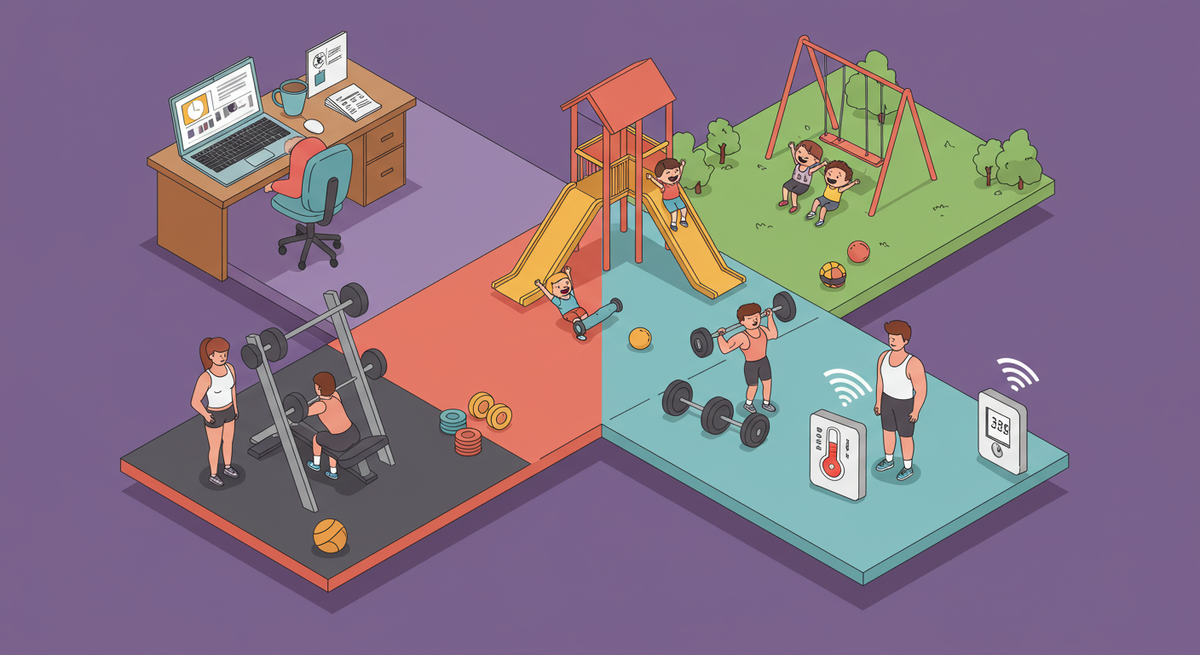
🧰 Useful Tools & Resources:
📣 Ready to go deeper?
Explore our full library of tools, guides, and templates to help you manage your multifamily property like a pro.
👉 Visit the full LandlordDoc Resource Library
⚖️ Legal Disclaimer
The information provided in this article is for general informational purposes only. It is based on publicly available sources and is not intended to serve as legal, financial, or professional advice. While efforts have been made to ensure the accuracy of this content, LandlordDoc.com makes no warranties or guarantees regarding its completeness or reliability.
Before making any decisions related to property management, building code compliance, or legal obligations, consult with a qualified attorney, licensed architect, or local code enforcement official. LandlordDoc.com is not responsible for any actions taken or not taken based on this information.






